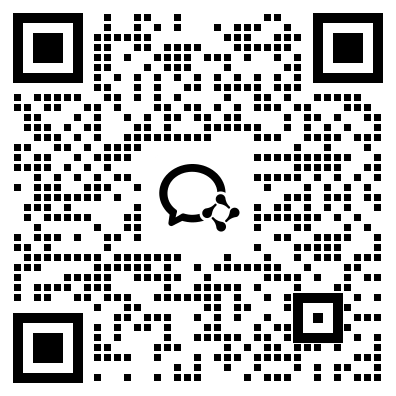C语言是一种广泛使用的计算机编程语言,它主要用于开发操作系统,应用程序和嵌入式系统。C语言的优点在于其高效性,灵活性和可移植性,使得它成为程序员的首选语言之一。C语言具有简单的代码语法,但有时候新程序员会感到困惑,需要参考C语言编码示例。
C语言编码实例的好处:
1. 学习编程思路
C语言编码实例是学习C编程的绝佳途径之一。初学者可以查看现成的示例代码,通过理解示例中的编程思路和技巧,快速掌握语言的要领。编程思路和技巧包括函数调用,变量声明,控制流和算法等。
2. 提高编码效率
使用现成的C语言编码示例可以显著提高开发人员的工作效率。程序员可以直接引用示例代码中的函数和语句,加快项目开发速度,提高代码质量和可重用性。
3. 锻炼解决问题的能力
通过学习和理解C语言编码实例,程序员可以锻炼自己的问题解决能力。当遇到问题时,程序员可以通过查看示例来快速找出解决方案。
让我们来看一些常见的C语言编码实例:
1. Hello World
这是C语言编程的入门级示例,它演示了如何在控制台上输出文本字符串。
```c
#include
int main() {
printf("Hello, World!");
return 0;
}
```
2. 变量声明和赋值
变量是存储数据的容器,C编程可以声明和使用各种类型的变量。下面是一个简单的示例,演示如何声明和使用变量。
```c
#include
int main() {
int a = 10;
int b = 20;
int c = a + b;
printf("a = %d, b = %d, c = %d\n", a, b, c);
return 0;
}
```
3. 函数及函数调用
函数是C编程的重要组成部分,它可以接受输入参数并返回值。下面是一个函数示例,演示如何定义和调用函数。
```c
#include
int max(int num1, int num2) {
int result;
if (num1 > num2) {
result = num1;
} else {
result = num2;
}
return result;
}
int main() {
int a = 100;
int b = 200;
int ret;
// 调用函数
ret = max(a, b);
printf("Max value is: %d\n", ret);
return 0;
}
```
4. 控制流语句
控制流语句用于控制程序的执行流程,例如if else语句和循环语句,下面是一个控制流语句的示例。
```c
#include
int main () {
int a = 100;
//check the boolean condition
if( a == 10 ) {
// if condition is true then print the following
printf("Value of a is 10\n" );
} else if( a == 20 ) {
// if else if condition is true
printf("Value of a is 20\n" );
} else if( a == 30 ) {
// if else if condition is true
printf("Value of a is 30\n" );
} else {
// if none of the conditions is true
printf("None of the values is matching\n" );
}
printf("Exact value of a is: %d\n", a );
return 0;
}
```
总之,C语言编码示例是学习C编程并有效开发代码的有用工具。通过学习实例代码,开发人员可以提高他们的编程技巧,更快地解决问题,加快项目开发速度。
微信扫一扫,领取最新备考资料
